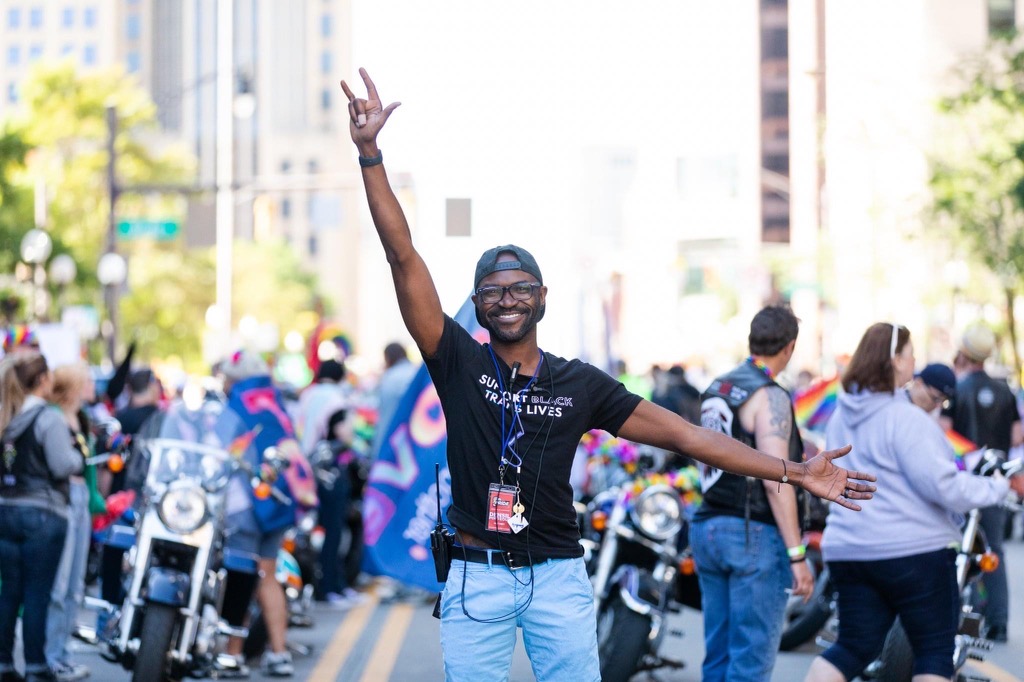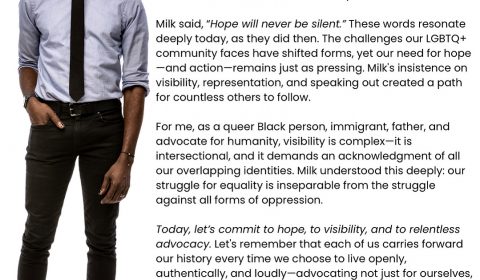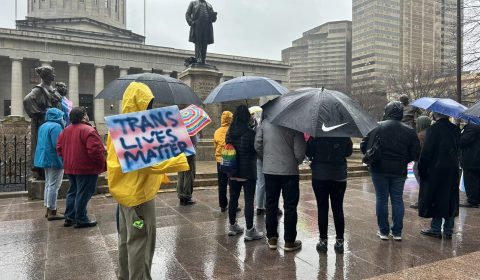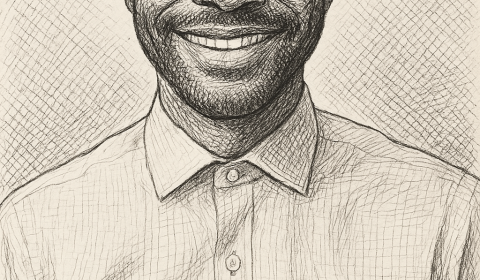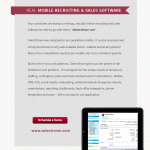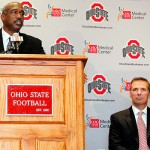Within the tapestry of leadership across the nonprofit sector, the threads representing Black [queer] male leaders are few and far between. The fabric is slowly changing, evolving to reflect the diversity of the communities nonprofits aim to serve, but there is still much work to be done. As one of these leaders, my journey to this position is as much a story of perseverance and dedication as it is a reflection of the sector’s gradual shifting in leadership.
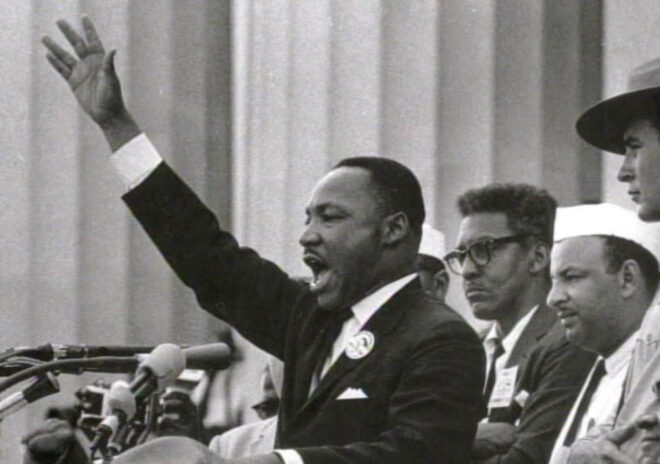
To be a Black male leader in the nonprofit sector is to stand at a crossroads of visibility and invisibility. My presence in boardrooms and at podiums is conspicuous—not because of the accolades I’ve earned or the expertise I bring, but because I am often the sole representative of my demographic. This visibility carries a weight, a responsibility to excel and to set a precedent, as if my individual performance could cast a verdict on the capability and potential of all Black men–and more in particular in this sector.
It is a weight I carry willingly, knowing that my journey paves the way for others to follow and walk alongside. Yet, this visibility also intersects with a sense of invisibility; the narratives, challenges, and triumphs of Black men in this space are not always seen, understood, or even uplifted as celebratory. Our stories, rich with nuance and diversity, often go untold in the mainstream discourse of the sector.
It’s the odd nexus of being seen as part of the patriarchy even if that construct is not totally culturally relevant to my Black experience.
My path to leadership was not laid out before me; it was one I had to carve out with intention. From early on, I knew that my passion lay in serving others, in being a part of something larger than myself. But passion alone is not enough to navigate the complex landscape of the nonprofit world. It took individuals who saw “opportunity” in me, some who pushed and challenged me appropriately, and it took numerous opportunities that I seized with both hands, often creating them where none seemed to exist; demanding my seat at the table.
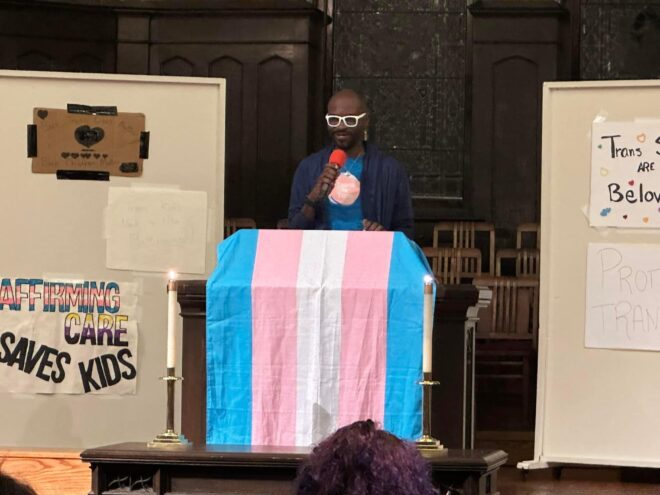
This journey has also been one of confronting and overcoming stereotypes. The assumptions made about Black men—about our capabilities, our backgrounds, our aspirations—can stifle progress and dampen spirits. But in these very challenges, I found a deeper resolve to not only defy these stereotypes but to dismantle them.
Facing stereotypes head-on meant constantly proving my worth, demonstrating my competence, and advocating for my seat at the table. It involved challenging the biases that sometimes silently permeate the sector, biases that can dictate who is considered a ‘natural fit’ for leadership. It meant showing that a Black male leader can be compassionate and strong, innovative and steady, strategic and heartfelt.
With leadership comes a profound sense of responsibility. I am acutely aware that my actions, my decisions, and my words are not just reflective of my own beliefs but are also emblematic of the communities I represent. I lead not only with the aim of achieving organizational goals but also with the hope of inspiring a new generation of Black men to see themselves as leaders, change-makers, and vital contributors to the nonprofit world.
The intersection of my Black and queer identities adds a vibrant but intricate layer to the tapestry of my leadership in the nonprofit sector. This intersectionality does not dilute my experience; rather, it enriches it, offering a multifaceted perspective that is crucial in an arena that thrives on empathy and inclusivity. However, it also introduces an array of challenges that are as multifarious as they are profound.
Being queer and Black in a leadership role often means navigating spaces that were not designed with you in mind. It means engaging with communities that may not fully understand the duality of the discrimination you face. This dual identity brings with it a dual set of stereotypes, a dual set of biases, and, indeed, a dual set of obstacles to overcome.
Yet, it is within this intersection that I also find a unique strength—a resilience forged in the fire of adversity. It grants me the insight to see not just the obvious solutions but the subtle, nuanced ones that truly resonate with a diverse constituency. It equips me with the empathy to lead not just with my mind, but with my heart, understanding that the fabric of our communities is woven from threads of different strengths, colors, and textures.
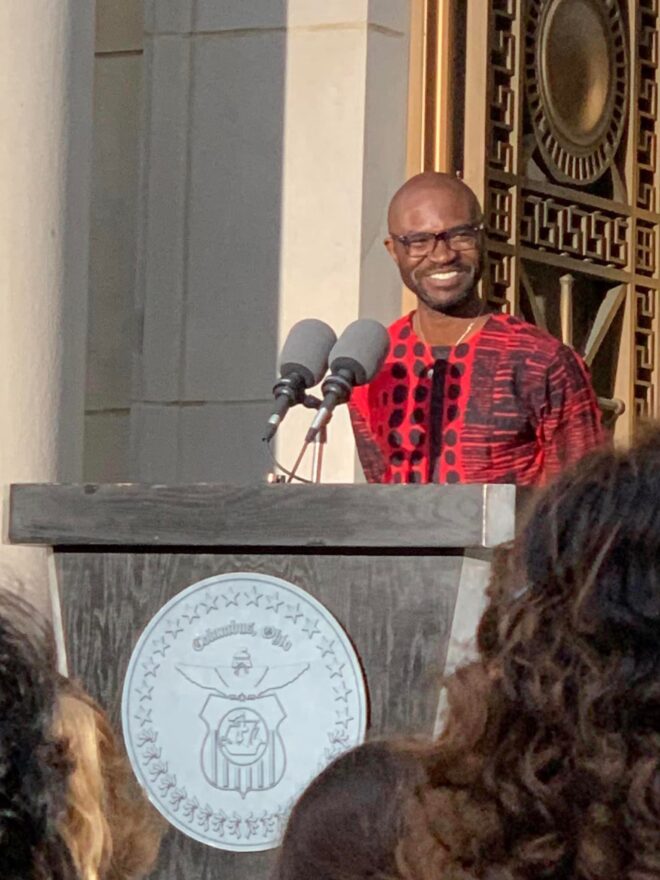 To be a queer Black leader is to constantly negotiate your identity in ways that are visible and invisible. In the nonprofit sector, where resources are scarce and the fight for funding is fierce, it’s easy for the significance of intersectional representation to be overshadowed by the bottom line. Yet, I stand firm in the belief that who I am is integral to how I lead. My identity is not a footnote to my leadership; it is the very essence of it.
To be a queer Black leader is to constantly negotiate your identity in ways that are visible and invisible. In the nonprofit sector, where resources are scarce and the fight for funding is fierce, it’s easy for the significance of intersectional representation to be overshadowed by the bottom line. Yet, I stand firm in the belief that who I am is integral to how I lead. My identity is not a footnote to my leadership; it is the very essence of it.
This essence influences every decision I make, every strategy I develop, and every relationship I build. In the world of nonprofits, where our mission is to serve and uplift, the power of a leader who can truly empathize with those we serve is immeasurable. My queerness is not a separate saga from my Blackness; together, they create a symphony of experiences that inform a leadership style as compassionate as it is courageous.
As I continue to lead, I do so authentically, embracing every aspect of my identity. To do otherwise would be a disservice not only to myself but to those who look to my leadership as a beacon of what is possible. In advocating for the rights of LGBTQ+ individuals, in pushing for racial equality, and in bridging the gap between these intersecting worlds, I find a purpose that transcends the everyday responsibilities of my role.
